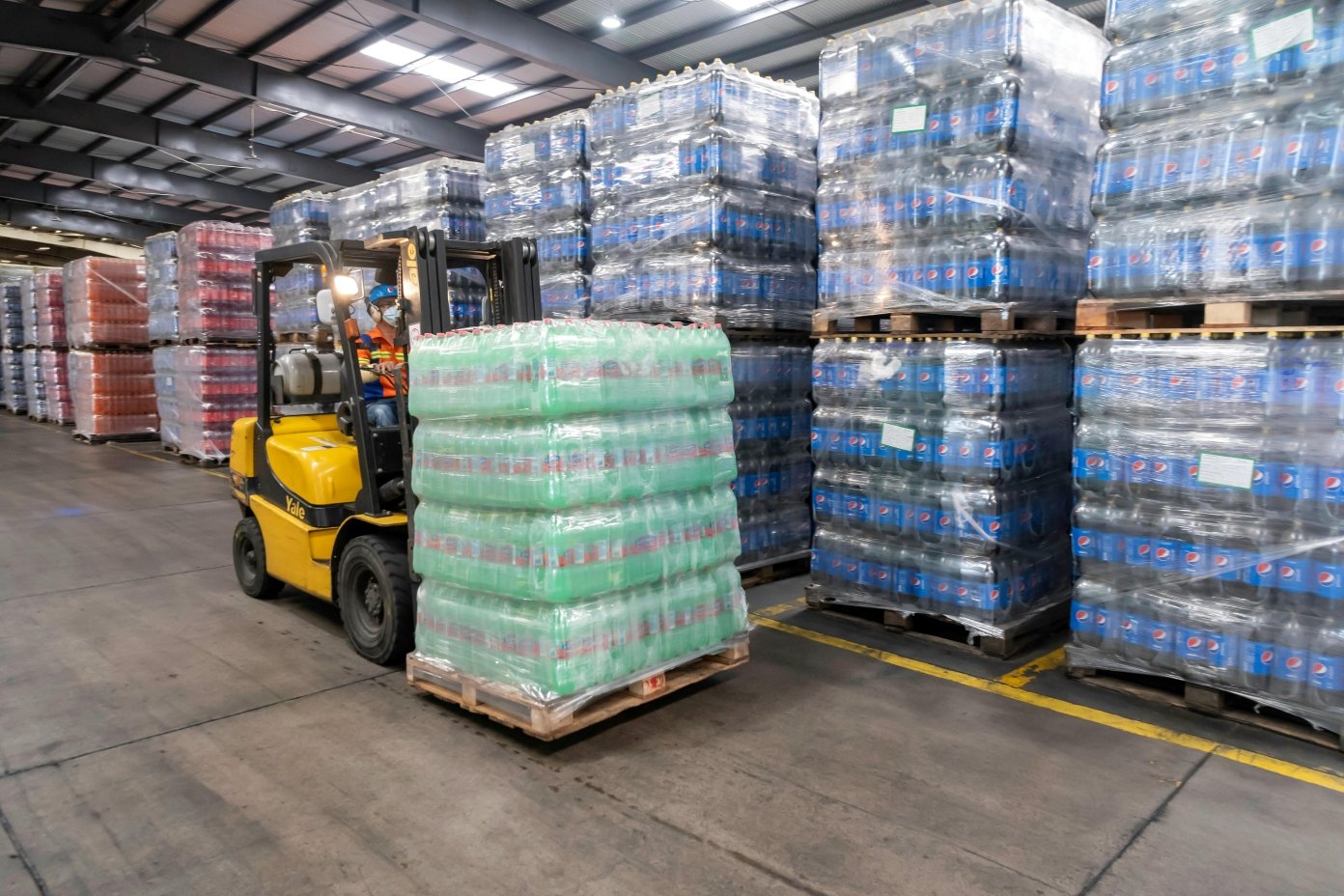How Can ISO 22000 Improve Communication Between Departments?
In many food businesses, miscommunication between departments is one of the biggest risks to food safety. Production might not update Quality, Purchasing might miss supplier changes, and Management may not know about audit non-conformities.
This is where ISO 22000, the international Food Safety Management System (FSMS) standard, plays a key role. It provides a structured framework that ensures everyone is on the same page—reducing errors, improving efficiency, and keeping food safety as a shared responsibility.

✅ How ISO 22000 Enhances Communication Across Departments
-
Standardized Documentation
-
Clear procedures and SOPs accessible to all teams.
-
Reduces confusion from inconsistent instructions.
-
Ensures Production, QA, and Purchasing follow the same guidelines.
-
-
Defined Roles & Responsibilities
-
ISO 22000 requires clarity on who does what in food safety.
-
Prevents overlap or gaps between departments.
-
Helps staff know exactly when to escalate an issue.
-
-
Cross-Functional HACCP Team
-
ISO 22000 mandates forming a food safety team from different departments.
-
Encourages collaboration between QA, Production, R&D, and Procurement.
-
Ensures risks are assessed from multiple perspectives.
-
-
Internal Communication Procedures
-
Formal channels for reporting deviations, hazards, or supplier issues.
-
Quick alerts from Production to Quality when CCPs are out of control.
-
Better coordination between Warehousing and Purchasing for raw materials.
-
-
Management Review Meetings
-
Regular reviews that involve heads of departments.
-
Aligns goals, shares performance data, and addresses food safety trends.
-
Ensures everyone is accountable to leadership.
-
-
Training & Awareness Programs
-
ISO 22000 requires staff training across all levels.
-
Builds a common language of food safety.
-
Improves understanding between technical and non-technical staff.
-
-
Supplier & Customer Communication
-
Purchasing shares supplier performance data with Quality.
-
Sales and Customer Service communicate complaints back to Production.
-
Ensures the entire chain of communication supports food safety.
-
📊 Benefits of Improved Interdepartmental Communication Under ISO 22000
-
Fewer errors due to miscommunication.
-
Faster response to non-conformities and hazards.
-
Reduced duplication of work between departments.
-
Stronger culture of teamwork around food safety.
-
More efficient audits with clear records and responsibilities.
-
Better customer satisfaction from consistent product quality.
✅ Best Practices for Maximizing ISO 22000 Communication
-
Hold regular cross-departmental meetings focused on food safety performance.
-
Use digital tools (intranet, dashboards, shared FSMS software) for transparency.
-
Encourage open reporting culture where staff can raise issues without blame.
-
Keep documentation simple and accessible for all staff, not just auditors.
-
Involve top management in communication flows to reinforce accountability.

Final Takeaway
👉 ISO 22000 is more than a certificate—it’s a communication framework.
By enforcing structured documentation, cross-department teams, and management reviews, ISO 22000 ensures that every department in a food factory works toward the same food safety goals.
When communication improves, compliance becomes easier, risks are reduced, and customers receive safer products.


